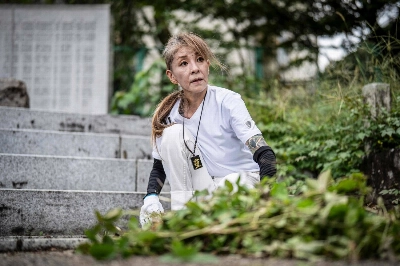A large volume of carbon monoxide generated by massive forest fires in Siberia, eastern Russia, reached Japan in 1998, according to the results of a study released Saturday.
The study says the concentration of carbon monoxide in the air was some 30 percent higher than normal between April and June 1998 at a 2,700-meter ridge in the Northern Japan Alps in central Japan.
The study, to be reported at an academic conference in the United States later this month, was conducted by a team of researchers led by Yoshizumi Kajii, an associate professor at the University of Tokyo's Research Center for Advanced Science and Technology.
Kajii said that during atmospheric studies at the Happo ridge in Nagano Prefecture, his team found that atmospheric samples containing carbon monoxide had all traveled to Japan via Lake Baikal in Siberia.
By analyzing satellite photographs taken by the U.S. National Oceanic and Atmospheric Administration, the team found that a large number of fires occurred around the lake, located north of Mongolia, in and around May 1998.
This lead to confirmation that the high concentration of carbon monoxide observed at the ridge originated from the fires in Siberia, Kajii said.
Scientists say forest fires in Siberia have generated massive amounts of carbon monoxide, which is believed to promote global warming by increasing the volume of ozone in the air.
The widespread fires in the region reportedly burned a total of 144,000 sq. km from Mongolia to northern China in 1987.
"I suspect similar phenomenon must have happened in Canada and areas along the Amazon River," Kajii said. "I intend to conduct further research on how much ozone is created by massive amounts of carbon monoxide and the extent of the ozone's impact on global warming."


















With your current subscription plan you can comment on stories. However, before writing your first comment, please create a display name in the Profile section of your subscriber account page.